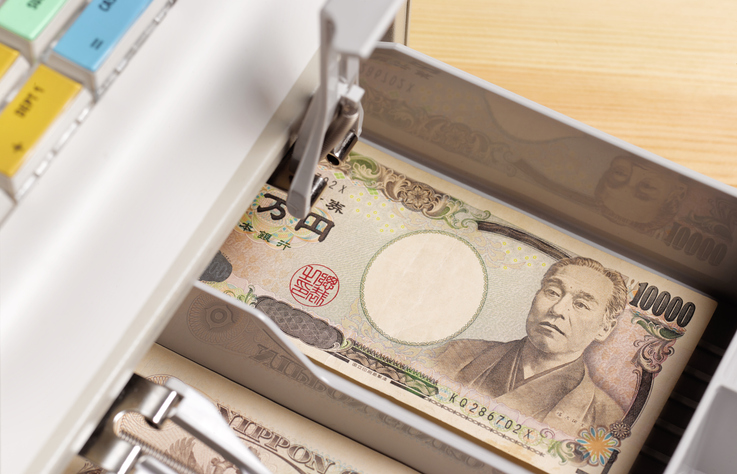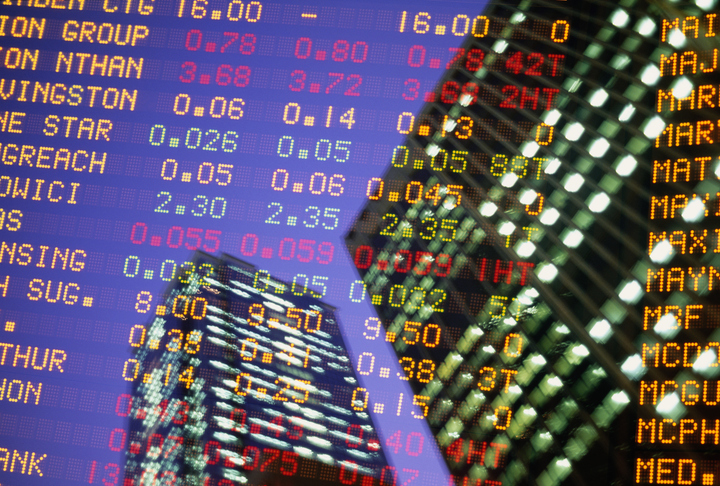Bank of Japan Raises Rate, Halts Emergency Policies
Central bank says stable inflation is in sight and ends unconventional asset purchases
TOKYO—The Bank of Japan on Tuesday ended negative interest rates after eight years and unwound most of its unorthodox monetary easing policies, saying a new era of stable inflation is in sight in Japan.
The decision marks the end of a global era of negative interest rates that began in the 2010s. Other central banks that had introduced negative rates in the 2010s, including the European Central Bank and the Swiss National Bank , have already moved back into positive territory amid inflation triggered by the Covid-19 pandemic and the war in Ukraine.
For a generation, the Japanese central bank served as a laboratory for monetary-policy experimentation as it addressed the country’s chronic stagnation, which was marked by flat or falling prices.
On Tuesday, BOJ Gov. Kazuo Ueda said those policies have fulfilled their roles and the principal ones will be ended. The Bank of Japan is moving its key target for short-term rates to a range of 0% to 0.1%, its first rate increase since 2007.
Ueda said the move was justified by steadily rising wages and prices in Japan. The central bank “judged that sustainable and stable achievement of our 2% inflation goal has come into sight,” he said.
The BOJ said it removed a target for the yield on 10-year Japanese government bonds. And it is halting its purchases of assets such as stocks, real-estate investment trusts and corporate bonds that don’t typically go onto the books of central banks. The Bank of Japan has amassed the equivalent of hundreds of billions of dollars in such assets since the global financial crisis of 2008-09.
Market reaction was restrained because Bank of Japan officials had telegraphed their intentions. The Nikkei Stock Average closed up 0.7%, while the yen was down.
The Bank of Japan, which had maintained a negative policy rate since 2016, said it would continue buying government bonds.
“Accommodative financial conditions will likely continue, and these accommodative financial conditions will firmly support the economy and prices,” Ueda said at a news conference. He said he didn’t expect to raise interest rates rapidly.
Prime Minister Fumio Kishida welcomed the continuation of easy money, saying it was too soon to declare an end to deflation.
The BOJ had already begun to ease away from its unconventional policies. In September 2016, it set a target of around zero for the yield on 10-year government bonds. After initially enforcing that target strictly, the bank last year loosened its control , allowing the yield to move higher amid a surge in global bond yields. As of late Tuesday, the 10-year yield was 0.725%.
The Bank of Japan’s move to restore traditional monetary policy tools is one example of how Japan’s economy has recently reverted to conditions not seen in more than three decades.
In February, the Nikkei Stock Average hit a record for the first time in 34 years. Japan’s largest labor union said last week that major companies are planning to raise pay by an average of 5.28% this year, the largest increase since 1991.
However, the Bank of Japan’s economic assessment pointed to some warning signs. With China’s economy struggling recently , the BOJ said Japan’s economy “is expected to be under downward pressure stemming from a slowdown in the pace of recovery in overseas economies.”
Two of the BOJ’s nine-member policy board dissented from the decision to end negative rates, saying the economy’s recovery was too fragile to allow for a rate increase.
Katsutoshi Inadome, senior strategist at SuMi Trust, said the BOJ probably saw a window to act after the recent good news on wages, but he said there was a chance Tuesday’s rate increase was premature.
“In a textbook approach, this is timing the bank would have done better to avoid,” Inadome said. He pointed to sluggish consumption in Japan, which Ueda acknowledged as a risk.
Ueda said if the economy received shocks in the future, the central bank would consider using policy tools it has used previously.
“The Bank of Japan is unlikely to make additional rate increases because there will gradually appear more headwinds such as the lack of strength in prices,” said Mizuho Securities chief market economist Yasunari Ueno.
 Copyright 2020, Dow Jones & Company, Inc. All Rights Reserved Worldwide. LEARN MORE
Copyright 2020, Dow Jones & Company, Inc. All Rights Reserved Worldwide. LEARN MORE
This stylish family home combines a classic palette and finishes with a flexible floorplan
Just 55 minutes from Sydney, make this your creative getaway located in the majestic Hawkesbury region.
Continued stagflation and cost of living pressures are causing couples to think twice about starting a family, new data has revealed, with long term impacts expected
Australia is in the midst of a ‘baby recession’ with preliminary estimates showing the number of births in 2023 fell by more than four percent to the lowest level since 2006, according to KPMG. The consultancy firm says this reflects the impact of cost-of-living pressures on the feasibility of younger Australians starting a family.
KPMG estimates that 289,100 babies were born in 2023. This compares to 300,684 babies in 2022 and 309,996 in 2021, according to the Australian Bureau of Statistics (ABS). KPMG urban economist Terry Rawnsley said weak economic growth often leads to a reduced number of births. In 2023, ABS data shows gross domestic product (GDP) fell to 1.5 percent. Despite the population growing by 2.5 percent in 2023, GDP on a per capita basis went into negative territory, down one percent over the 12 months.
“Birth rates provide insight into long-term population growth as well as the current confidence of Australian families,” said Mr Rawnsley. “We haven’t seen such a sharp drop in births in Australia since the period of economic stagflation in the 1970s, which coincided with the initial widespread adoption of the contraceptive pill.”
Mr Rawnsley said many Australian couples delayed starting a family while the pandemic played out in 2020. The number of births fell from 305,832 in 2019 to 294,369 in 2020. Then in 2021, strong employment and vast amounts of stimulus money, along with high household savings due to lockdowns, gave couples better financial means to have a baby. This led to a rebound in births.
However, the re-opening of the global economy in 2022 led to soaring inflation. By the start of 2023, the Australian consumer price index (CPI) had risen to its highest level since 1990 at 7.8 percent per annum. By that stage, the Reserve Bank had already commenced an aggressive rate-hiking strategy to fight inflation and had raised the cash rate every month between May and December 2022.
Five more rate hikes during 2023 put further pressure on couples with mortgages and put the brakes on family formation. “This combination of the pandemic and rapid economic changes explains the spike and subsequent sharp decline in birth rates we have observed over the past four years,” Mr Rawnsley said.
The impact of high costs of living on couples’ decision to have a baby is highlighted in births data for the capital cities. KPMG estimates there were 60,860 births in Sydney in 2023, down 8.6 percent from 2019. There were 56,270 births in Melbourne, down 7.3 percent. In Perth, there were 25,020 births, down 6 percent, while in Brisbane there were 30,250 births, down 4.3 percent. Canberra was the only capital city where there was no fall in the number of births in 2023 compared to 2019.
“CPI growth in Canberra has been slightly subdued compared to that in other major cities, and the economic outlook has remained strong,” Mr Rawnsley said. “This means families have not been hurting as much as those in other capital cities, and in turn, we’ve seen a stabilisation of births in the ACT.”
This stylish family home combines a classic palette and finishes with a flexible floorplan
Just 55 minutes from Sydney, make this your creative getaway located in the majestic Hawkesbury region.






















